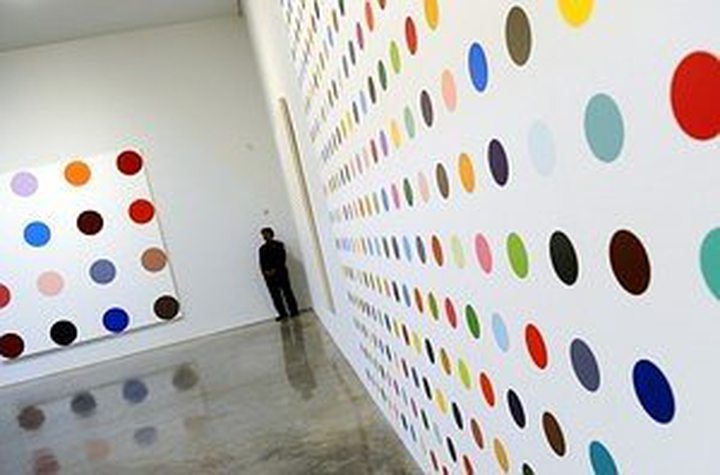What Marketers Can Learn From Artists

Twitter founder Jack Dorsey admires the art and athleticism of ballet dancers. Hewlett-Packard and Aetna do more than that: They actually tap a dance troupe to inspire their ranks. Even Warren Buffett – frequently presented as a passionate advocate of scientific methods – has declared, “I am not a businessman; I am an artist.”
In business, attempting to harness the power of creativity through a more informal process is known as “design thinking,” and it’s important in enabling creativity in logic-based companies that create elegant, streamlined and economical solutions to everyday challenges.
Design thinking is about more than minimizing the amount of time and money spent on dirty, difficult or dangerous tasks. It’s a means of demonstrating connoisseurship in the creation and selection of strategies for improving how the world works.
The paper clip, shopping bag and doorknob are elegant solutions that reflect this approach. More recently, someone described Twitter’s Vine—a smartphone app that allows instant sharing of six-second videos that run in a loop—as an elegant solution to a problem nobody has. The implication was that the app fuels creativity for creativity’s sake with no practical use. But consumers and brands have embraced it and are putting it to very good use. Indeed, Vine played a role in news reporting by capturing an image of a Boston runner falling as the first bomb exploded near the finish line during the Boston Marathon earlier this month.
These creations are easy to appreciate and can make one wonder in a forehead-slapping moment: Why didn’t I think of that? Simple, elegant innovations and iterations are often obvious only once they have been revealed. Hindsight brings out the genius in all of us.
Consider a strange egg sculpture in San Antoni, Spain. According to Italian historian Girolamo Benzoni in his 1565 History of the New World, Columbus was dining with a group of Spanish nobles when one of them challenged him about his discovery of the Indies. Many great and learned men of Spain could have set sail and returned with the same triumphant result, the man said.
Columbus responded by taking an intact egg and betting the others that none of them could make it stand on end without help. They all tried and failed. Columbus took the egg back and made a small crack on one end, then stood the egg upright on its own. The lesson was clear: Once the feat has been done, anyone knows how to do it.
Like Columbus’s egg, simple inventions are the result of a creative approach to problem solving rather than an application of workmanlike logic, and they have an artistic quality that demonstrates sophistication, sensitivity and imagination.
Creativity is not something companies can wrap up in a simple process without robbing it of its magic and might. An organization’s ability to solve problems and to develop elegant solutions is more likely to be limited by cultural shortcomings, rather than a lack of process. As such, creativity has to be fostered and learned, rather than mandated or prescribed. Seen this way, the art world has plenty of problem-solving lessons that can be applied to the world of business. Among them:
- The arts remind us it is important to see the world from multiple perspectives because problems can have more than one solution.
- They encourage us to make qualitative judgments in the absence of rules.
- The arts prepare us to improvise when complex problems change with circumstance and opportunity.
- Neither words nor numbers alone can adequately explain everything we know: The arts deal in subtlety and show that small differences can have large effects.
- They encourage us to develop our poetic capacity and unleash the ability to inspire as well as describe.
The design-thinking process seeks to strip out the undesirable aspects of creativity—failure, unpredictability, conflict and circularity—while still embracing the positive values, behaviors and outcomes that creativity is capable of producing. Design thinking borrows tools of creativity – insights, framing, facilitation, visualization and prototyping–without requiring participants to get too touchy-feely.
Seen this way, business may finally become as much an art as a science.





